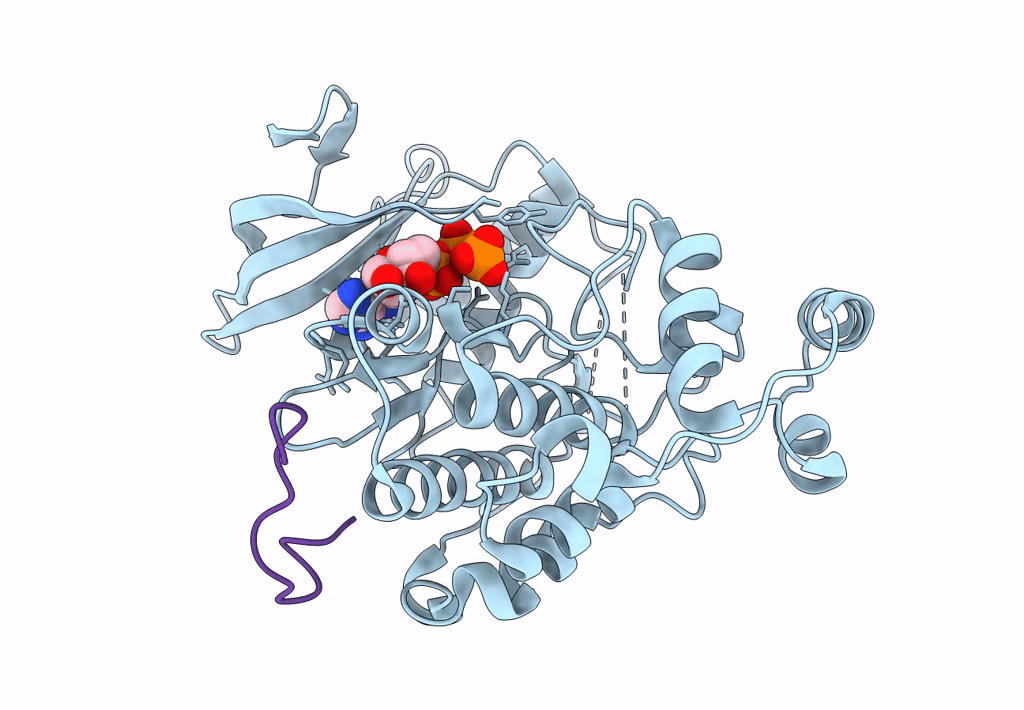
Deposition Date
2022-03-24
Release Date
2023-03-29
Last Version Date
2025-04-02
Entry Detail
PDB ID:
7UGB
Keywords:
Title:
Crystal structure of rat ERK2 complexed with docking peptide from ISG20
Biological Source:
Source Organism:
Rattus norvegicus (Taxon ID: 10116)
Homo sapiens (Taxon ID: 9606)
Homo sapiens (Taxon ID: 9606)
Host Organism:
Method Details:
Experimental Method:
Resolution:
1.90 Å
R-Value Free:
0.22
R-Value Work:
0.17
R-Value Observed:
0.18
Space Group:
P 21 21 21


